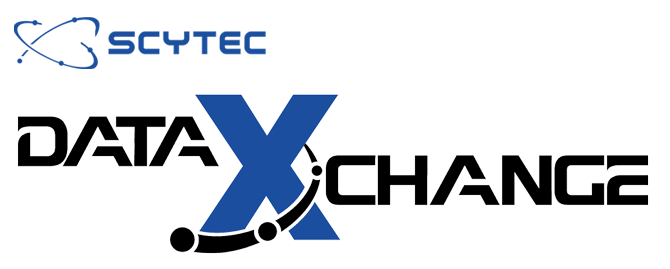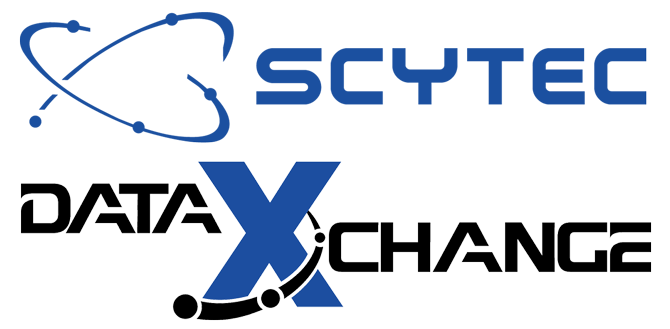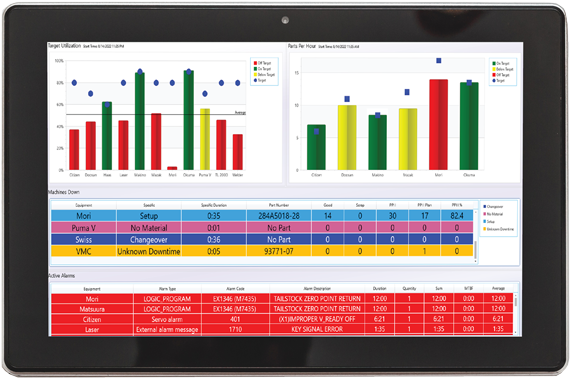Preliminary Smart Manufacturing Technology Implementation
With constant technological advancements in manufacturing, machine shops must adapt to what is new to stay competitive. How can production facilities create needed Smart Manufacturing environments and what are the benefits of doing so? To sum it up clearly, implementing Smart Manufacturing technology and Industry 4.0 concepts can seem overwhelming in their activation, but will eventually find their footing in any production environment and become a new part of modern manufacturing’s day-to-day procedures. In the following commentary, we will discuss how to get started with Smart Manufacturing technology and the benefits it provides manufacturers who use it. The buzz surrounding Smart Manufacturing technology is well known amongst decision-makers as the benefits have been widely publicized. It seems almost impossible to argue otherwise, but Smart Manufacturing technology is here to stay.
If Smart Manufacturing and Industry 4.0 technology is to be considered “smart” and keen on alleviating modern manufacturing business pains, what would the definition of “smart” be exactly? Smart Manufacturing practices should be defined as a broad category of manufacturing that employs computer-integrated manufacturing, high levels of adaptability, rapid design changes, digital information technology, and flexible technical workforce training.
IIoT (Industrial Internet of Things) is a commonly interchanged term with Industry 4.0 and refers to superior system visibility and in-depth analysis by connecting devices, instruments, and data to collect, store, and share information. IIoT technology integration into machine shops of any size or production volume will help drive efficiency and increase utilization. The Scytec DataXchange machine monitoring platform was designed for manufacturers to improve machine utilization and OEE by connecting to machines over Ethernet and exposing data for process improvement. Scytec DataXchange was designed with the entire spectrum of shop floor equipment in mind and can also be integrated with legacy machinery with a ready-to-go PLC as well as collaborative industrial robots.
Scytec advises manufacturers new to machine monitoring to start simple and to get a discerning look at their production environment by simply being able to see if machines are running or not running by using live data to define planned and unplanned equipment downtimes. Little amounts of lost time add up. If considerably basic procedural changes are made, things that do not necessarily seem so obvious in the gaps of lost time could be improved by identifying processes that could be updated. Having visibility into what machines are doing when they are running versus when they are not, allows manufacturers to make improvements in their processes.
Starting with Smart Manufacturing technology is not jumping right into high costs or an overwhelming amount of data. It is the modernizing of the day-to-day routines and culture change that many view as a barrier to entry. The Scytec DataXchange machine monitoring system starts at $47 dollars a month and condenses all the ones and zeros into pleasing visualizations that can be shared at any level of a production environment. There are specific license levels with Scytec DataXchange that manufacturers can grow into and utilize consistently improved and added features after finding initial success with machine monitoring. Scytec also has a team of specialists that can cater to client’s needs based off the DataXchange feature set and develop custom fit strategies for any production environment.
Scytec feels that the reality of the pushback from Industry 4.0 and Smart Manufacturing technology are misconceptions regarding initial implementation. The need for hardware, resources, time, and education is low in the scheme of initial implementation for the Scytec DataXchange machine monitoring platform. These arguments seem credible in discussions for implementation, but what it really boils down to is the perceived complexity of getting started. It does not matter if your production environment has five machines or one hundred, the process of exposing meaningful data stays the same. Whether or not a machine is running and not running is by far the most important data to collect when first trying to create value and the validation of a machine monitoring method like Scytec DataXchange. Discovering true machine runtime opens production floors to start asking the right questions for machine performance and opening doors to further improvement.
Scytec also advocates for starting off simple with data collection, as jumping right into the deep end with data can be a hindrance towards future innovation from data overload and separate departments could develop different definitions of production happenings. For instance, starting off with the most complex features of DataXchange like part count tracking might be challenging to those who are new to the system. Scytec DataXchange also helps foster a culture of teamwork, for example after a successful implementation, a production facility could show DataXchange on a television in a break room while showing the real-time manufacturing dashboards present in Scytec DataXchange so that everyone is aware of production happenings. Machine monitoring is not something to be delegated to a sole process engineer or a supervisor, everyone benefits from the value of machine monitoring.
Once machine shops have taken the plunge into the IIoT world and started monitoring their shop floor equipment, what comes next to further push manufacturers toward the next steps of Smart Manufacturing technology? Richer sets of data such as the aforementioned part count tracking, and specific kaizen related projects that delve into specific tooling related issues are just a few of the down-the-line initiatives that can receive focus post successful machine monitoring integration.
The benefits of Smart Manufacturing technology integration far outweigh the initial start-up costs. Lower tooling costs, increases in part quality and quantity, more aware employees, increases in utilization, and OEE are all achievable with Scytec DataXchange. Smart Factory technology is something that every manufacturer should consider implementing as others have already done so and are enjoying the competitive edge. There are no more excuses or large upfront costs, manufacturers can either get on board or get left behind.


